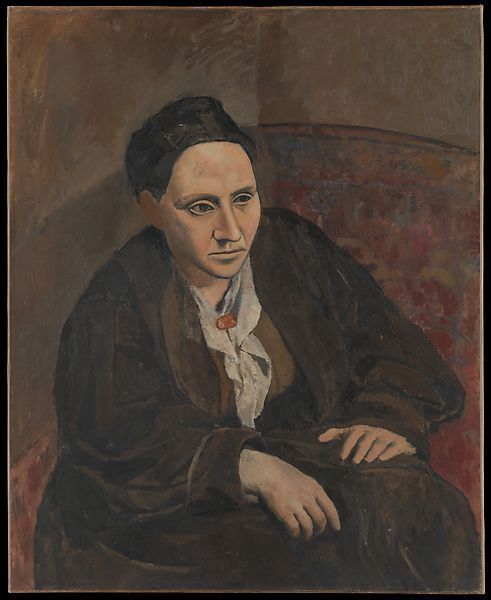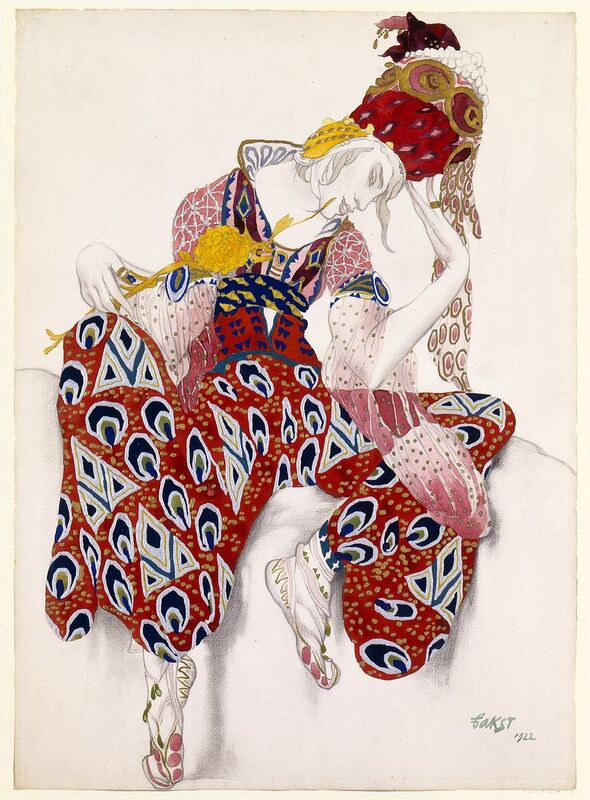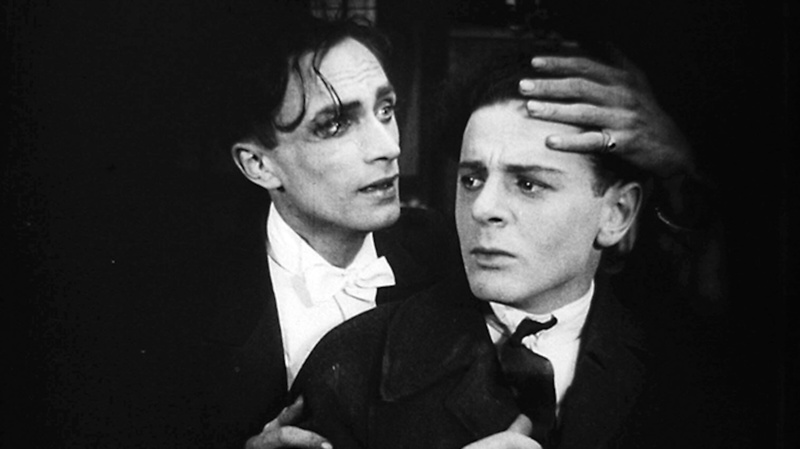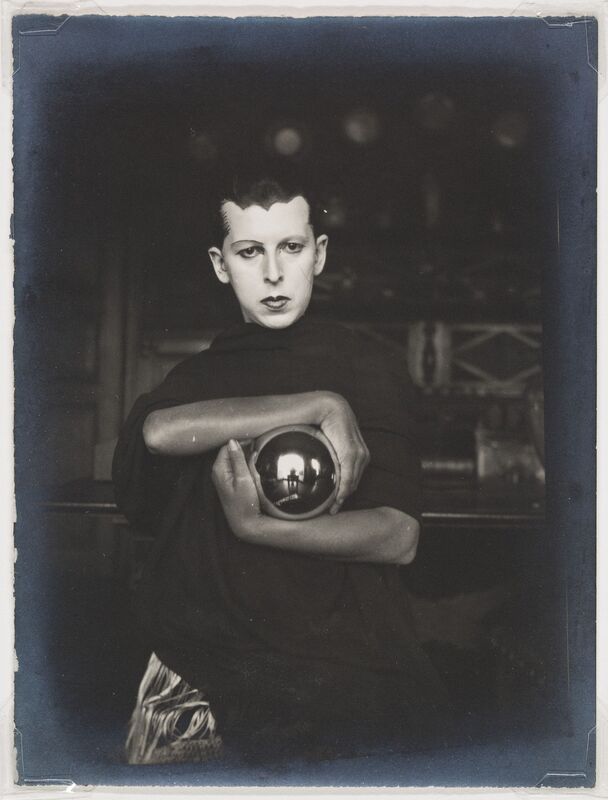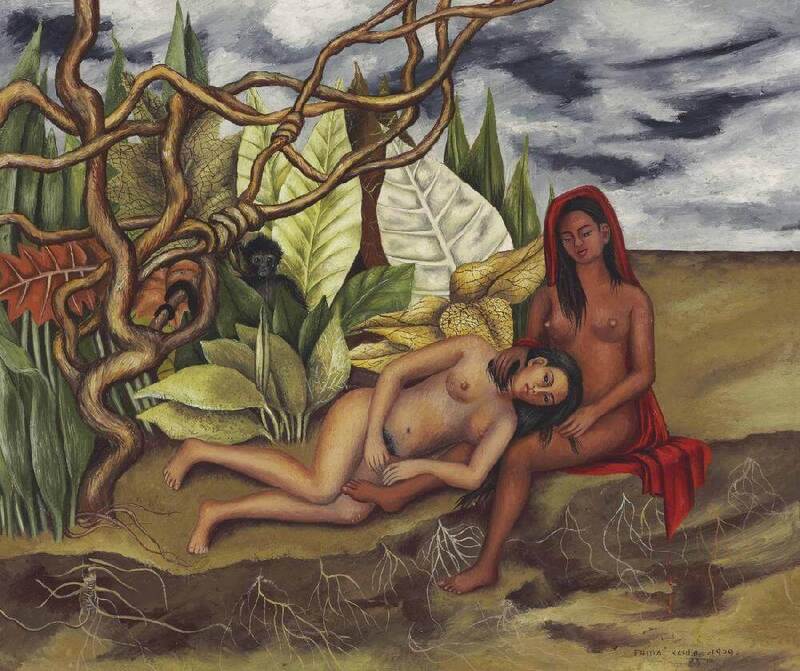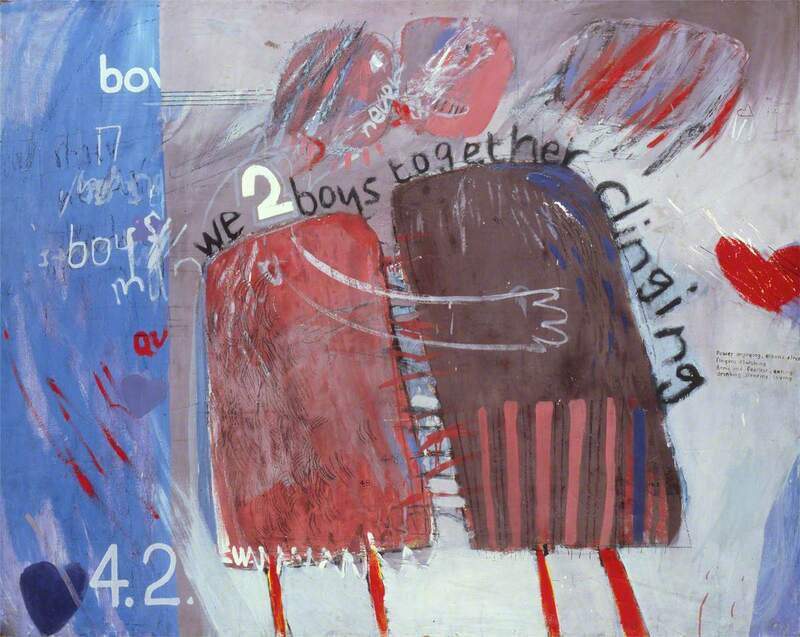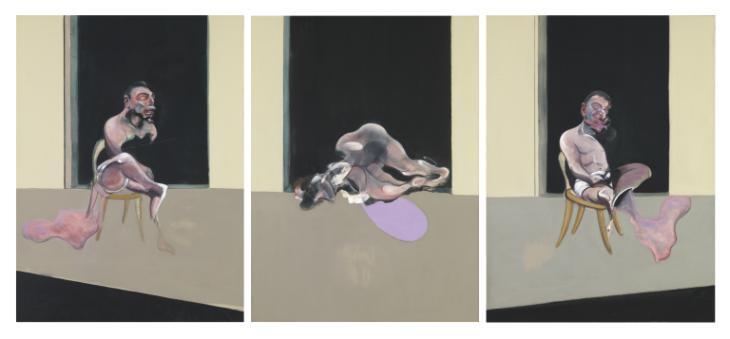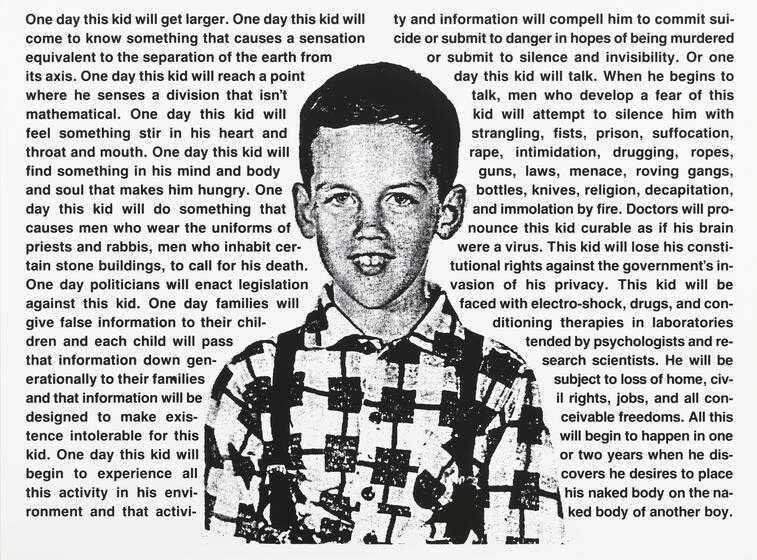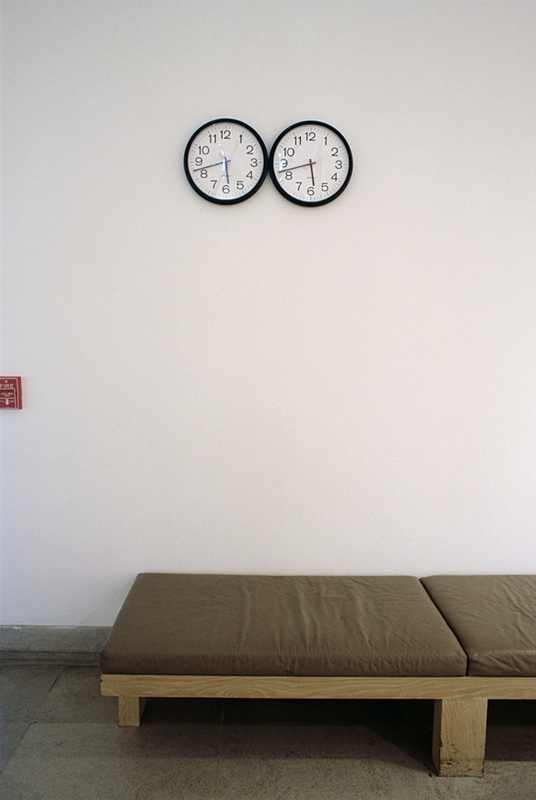The Modern Era and the 20th Century
Modernism and the 20th Century
The turn of the 20th century saw the emergence of the Modernist movement and the creation of new forms of art to reflect the rapidly changing industrial world, shifting away from the more representational romantic and neoclassical styles of the 19th century. Artists explored new styles and mediums, and new understandings of sexuality emerged with the rise of psychoanalysis. Throughout the queer art of the 20th century there is a movement away from classical myths and toward more personal, autobiographical narratives.
Modernism and Gertrude Stein
The lesbian writer Gertrude Stein is known as the “midwife” of modernism (Saslow, 1999). She and her partner, Alice B. Toklas, hosted a salon in Paris, and she acted as both patron and publicist for her favorite artists, including Henri Matisse and Pablo Picasso. Picasso’s 1905 portrait of Stein is an example of his early movement toward Cubist style, with the forcefulness of her personality portrayed in strong, simple lines and geometric features (Harris, 2015).
Queer Imagery in the Ballet
Ballet was another area of the arts where queer images were evident, and sexually ambiguous stories were portrayed on stage. The famed ballet dancer Vaslav Nijinsky, who had affairs with both men and women, was the “first male superstar” in ballet, often performing in provocative roles (Saslow, 1999) in ballets with primitive or contemporary settings. This costume painted by Bakst is an example of the lush, exoticized costumes designed for the performance of the 1912 ballet La Peri (The Flower of Immortality).
Queer Imagery in Film– From the Beginning
Film was also emerging as a new medium and art form. In an early German silent movie from 1919 titled Different from the Others (Anders al die Andern) a musician and his boyfriend are blackmailed by an extortionist. Although the couple is portrayed sympathetically, the story ends tragically, as the persecution leads to the musician's suicide.
Surrealism
Surrealism developed as an artistic movement after World War I, influenced by psychoanalysis and the avant-garde Dada movement. Artists used symbols to convey ideas, attempting to probe the unconscious mind through unexpected juxtapositions of objects and illogical scenes. Claude Cahun was a French lesbian photographer, sculptor and writer associated with the Surrealist movement whose work explored sexuality and gender identity. Her work often displays the fluidity of identity and gender, and the creation of personal narratives that run counter to socially accepted roles and categories. She wrote "Masculine? Feminine? It depends on the situation. Neuter is the only gender that always suits me."
Mexican painter Frida Kahlo was openly bisexual (Lorenzo, 2016), and Two Nudes in a Forest work stands out as her most explicitly queer piece. It is an expansion of her 1938 work What the Water Gave Me, which is considered to be autobiographical in nature, showing scenes from her life (Latimer, 2009, p. 59), an interpretation that seems to be supported by comments from Kahlo herself. Between depictions of her family members and her own body parts in What the Water Gave Me lies a miniature version of this scene where two nude women embrace in a forest (Beck, 2006, p. 61). A year later, she expanded upon the moment by giving the intimate moment between lovers its own painting, which birthed Two Nudes in a Forest, sometimes called The Earth Itself. (Lorenzo, 2016).
Some see this painting as a metaphorical meeting of Kahlo’s European and Indigenous Mexican sides, as the woman lying down is lighter, while the one sitting upright is darker skinned. Others see it as a more straightforwardly romantic moment, since the work was allegedly a gift for her close friend and possible lover Dolores del Rio (Two Nudes in a Forest, n.d.).
In either case, the intimate moment between the two women Kahlo depicts stands out in the context of Kahlo’s body of work. “The embrace of the two women . . . represents the only peaceful coupling in Kahlo’s entire oeuvre”, which is in stark contrast to the violence associated with heterosexual sex in her other works. Here female homosexuality is depicted without shame or reservation as a source of tenderness and safety (Beck, 2006, p. 62).
Autobiography in Art
David Hockney was one of the few artists who dealt openly with gay themes and images in the mid-20th century (tate.org.uk). Completed while he was in art school, We Two Boys Together Clinging, with its embracing figures painted in an untutored style, refers to a Walt Whitman poem of the same title (Arts Council Collection, n.d.). The poem begins, "We two boys together clinging / One the other never leaving" and Hockney inscribed another few lines of the poem on the right hand side of the painting.
Content warning: suicide
Francis Bacon was another major 20th century painter whose work openly portrayed gay imagery. His triptych from 1972, painted after the suicide of his lover George Dyer, has autobiographical elements. The seated figure on the left is Dyer, with Bacon on the right. The central image shows two figures entwined in what could be a struggle or a more sexual encounter (tate.org.uk)
Late in the 20th century, queer art often became more personal, more open and less coded in its imagery, and moved more directly toward advocacy and protest. This personal and autobiographical leaning is apparent in David Wajnarowicz's Untitled (One Day This Kid...) from 1990, which features an elementary school picture of the artist superimposed on a devastating account of the violence and prejudice he may encounter as he grows up.
The AIDS Crisis
The AIDS crisis particularly affected the LGBTQ+ community, through the many deaths it led to, increased violence and prejudice against homosexuals, and increased awareness of the gay community. (Smalls 2008) Artists' personal experiences with the AIDS crisis led to their creating many biographical and autobiographical artworks, telling their own stories and the stories of those they had lost. They expressed their anger at governments that betrayed them and grief over the loved ones they had to watch die.
Felix Gonzalez-Torres created artworks depicting his grief about the AIDS crisis. his partner Ross Laycock, who died of AIDS in 1991. (Rounthwaite 2010) His two works "Untitled" (Perfect Lovers) are made of two identical, battery-powered clocks next to each other, with their touching rims creating an infinity symbol. These works were created from 1987 to 1990 as Ross Laycock, Gonzalez-Torres's partner, declined in health. The clocks begin synched, but as time passes and the batteries wear down, they lose synch and slow down, before stopping. Laycock died of AIDS in 1991, and Gonzalez-Torres died in 1996.
